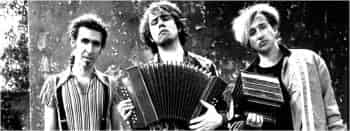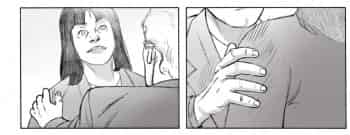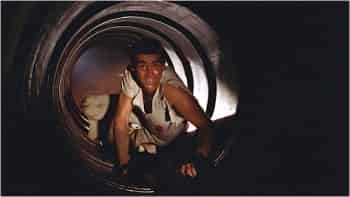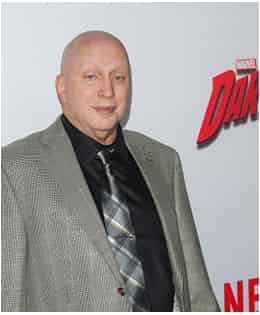
Inspiration
A glimpse at “Takeover Part I”
In this story, Leonard’s bank is called Marx Capital. This is us having some fun by combining the name of Karl Marx with the title of his famous book Das Capital and thereby subverting Marx’s message.
Where Does the Name of Georges Cartier Come From?
The first magnate of the Consortium, Georges Cartier, is named after Canadian politician Georges-Etienne Cartier, who was one of the fathers of Canadian Confederation. The character’s physical appearance is also inspired by that historical figure.
“The Test”: Another Reference
We already spoke about some scenes that inspired the story “The Test.” But there is another reference in the story. In the scene where the Chinese and Indian men go down the tunnel and disappear, the image of the blood spurting from the opening is directly inspired by the film “Cube.” While we didn’t see the movie in its entirety, we did see that scene and we liked it so much it made its way into one of our stories.
Where Does the Name of Valasquez Come From?
Several years ago, a Montreal director created “Le petit musée de Valasquez.” The name stayed with us, but it was only recently that we noticed that the name in the play was actually spelled “Velasquez.” We’ve always found that the name has an interesting resonance to it. The first name Diego comes from the Spanish painter Diego Rodrigues de Silva Velasquez.
“House of Cards” As Inspiration
The scene between Valasquez and Shirley at the end of the story, “Footing the Bill,” is liberally inspired by the behaviour of Francis Urquhart (played by Ian Richardson) in the British series “House of Cards.” Urquhart would be double dealing with his close partners but would ask for their total trust while also bullying them physically. Valasquez is not a copy of this character. He’s much darker. But we like the idea of the unconditional devotion that Urquhart demands from his own partners, so that’s the aspect we tried to transpose to Valasquez.
References in “A Routine Flight”
In the story, “A Routine Flight,” Casey says: “The condor may have great eyesight but coconuts are still hard to spot.” The term “condor” refers to a US operation in South America in the mid-70s, aimed at supporting local governments against their communist opponents.
Archiving and timeline – Part V
Timelines have two major advantages. From a narrative standpoint, they offer more freedom to explore certain characters or even to start new narrative threads. On the production side, they keep the illustrator from becoming overloaded while letting him or her become more familiar with a world that’s clearly defined.
References in Plain View
We are constantly bombarded by stories (TV, movies, newspapers, books, etc.). Unconsciously or even deliberately, we borrow ideas we’ve seen elsewhere and insert them into our stories. So in the story, “The Test,” we reuse the tunnel that heats up and the electric grate from Doctor No. Surely many people recognized it. We didn’t try to hide that we were borrowing it. In fact, Jason explicitly refers to it in one of his one-liners.
Roger McKenzie
On the site daredevil.omegacen.com, which tracks different eras in the Daredevil narrative, a whole chapter is dedicated to the stories created by Roger McKenzie. It says that “McKenzie was more interested in standard comic super-heroics, and those people who follow the issues […].” When we think about these writers who blend into the environments they must write about, we spare a thought for all of the Roger McKenzies of the world who may not have left a mark on comic book history, but left a mark in our memory with their elegant storytelling.






